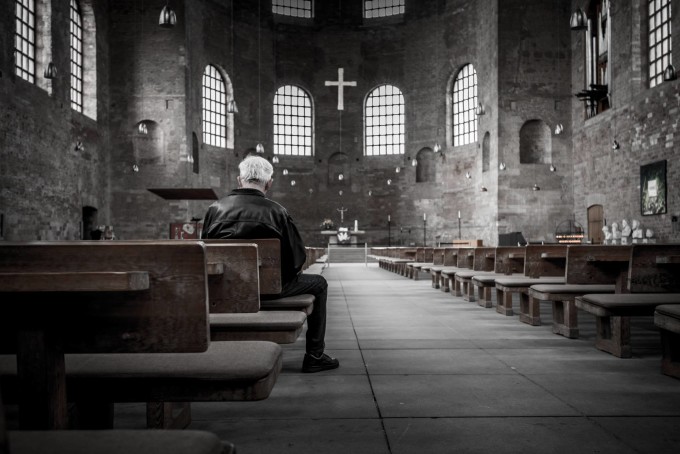back to journal

A Year Through the Gospels: Week 18 | Bodily Resurrection
June 22, 2016
Darryl Sluka
This is the eighteenth installment in a yearlong series. You can find the previous installments here.
Luke 24:36–43 ESV Jesus’ Bodily Resurrection
“As they were talking about these things, Jesus himself stood among them, and said to them, “Peace to you!” But they were startled and frightened and thought they saw a spirit. And he said to them, “Why are you troubled, and why do doubts arise in your hearts? See my hands and my feet, that it is I myself. Touch me, and see. For a spirit does not have flesh and bones as you see that I have.”And when he had said this, he showed them his hands and his feet. And while they still disbelieved for joy and were marveling, he said to them, “Have you anything here to eat?”They gave him a piece of broiled fish,and he took it and ate before them.”
Luke’s account of Jesus’ resurrection dispelled the mystical speculations that were common in the first century. One such common belief among the Greeks was that the physical realm was inferior to the spiritual realm. This line of thinking was called Gnosticism, which derived from the Greek word gnosis, meaning knowledge. Although Gnosticism was not a formal religion, per se, it had a core belief of a dualistic reality made up of a physical realm and an intellectual or spiritual realm. The intellectual realm was the superior realm, and the physical realm was a creation attempt by an inferior god. Before creation, humanity existed in the spiritual realm by means of a Divine Spark of life. When the physical realm was created, the existing spiritual realm became trapped within a physical body within the physical realm. The ultimate pursuit of humanity, therefore, is to become fully aware of one’s limitations within the physical realm and transcend back into the spiritual realm by means of acquiring the proper knowledge (gnosis). To the Gnostics, anything made of matter was corrupted and an inferior state of being. Furthermore, this philosophy made the Gnostics elitists, and they claimed to have knowledge that the common folk did not have. Jesus’ resurrection conflicted with this philosophy because he rose again in bodily form. He was a spirit or a ghost. He showed them the reality of his existence by having them touch his hands and feet. “Touch and see” he said “for a spirit does not have flesh and bones as you see that I have.” And then, in case any doubt yet remained in them, he ask for a fish and ate it in their presence. Through the bodily resurrection of Jesus, God distanced himself from the Gnostic idea that matter is corrupted and inferior. God’s plan is to redeem his creation, not dispose of it entirely. Jesus’ bodily resurrection gives us a glimpse of what the final resurrection will look like when God redeems his creation and dwells amongst it for eternity.